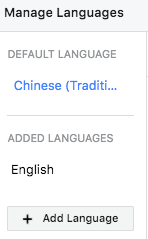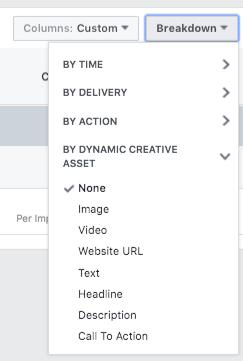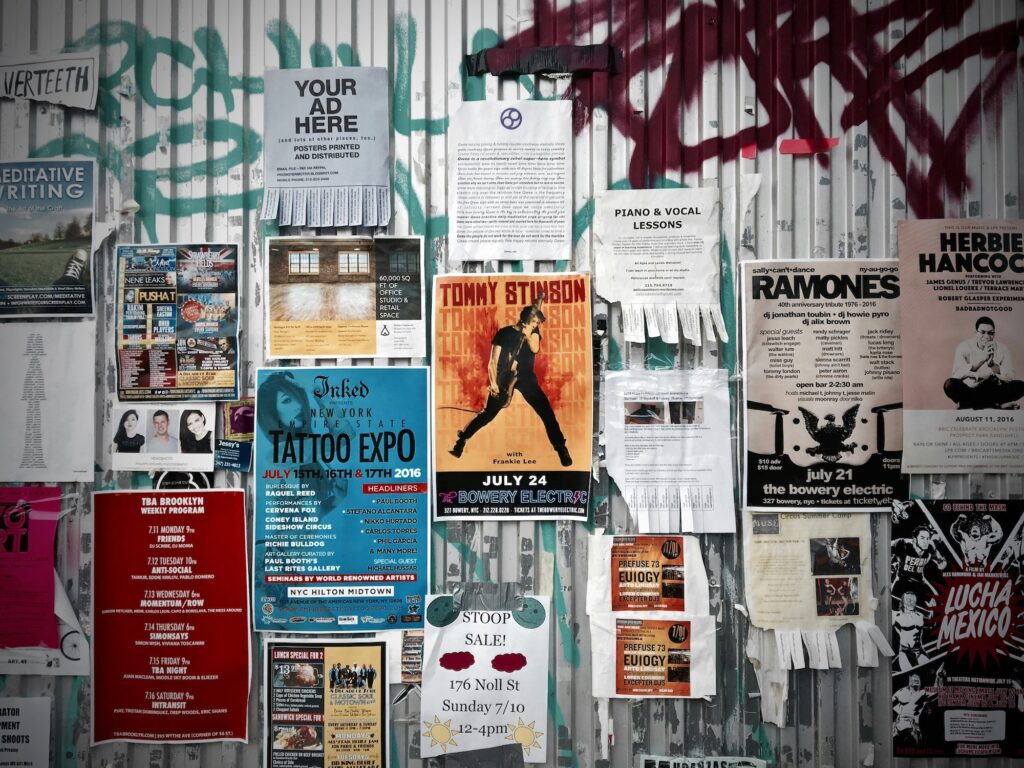Facebook has recently launched a dynamic language optimization (DLO) feature, which is particularly useful for targeting multilingual audiences in a single location. You can take a look through all of the technical details from Facebook here.
We’ve recently been testing this for a client in Hong Kong, where the mix of spoken language varies hugely between Traditional Chinese, Simplified Chinese and English. So definitely a great use case, and one I thought would be worth a walk-through for anyone looking to test out this new feature!
Why would I want to use this feature?
Previously, in order to target different languages each campaign would have to be split up into numerous language-specific and target location ad sets.
With this new feature however, advertisers are able to load up multiple language variations of the same ad, and Facebook will dynamically show the ad in the relevant language for each user.
Thinking outside of Facebook campaigns for a moment, for certain regions in the world it’s not always obvious which language to prioritise for your marketing activities. If that’s the case, then this is a very efficient and quick way to find out.
Thankfully it’s remarkably easy to set up a test and get things going, as long as your campaign goals match those currently available with the DLO (see below).
How Do I Set Up A DLO Ad?
At the time of writing this post, you can only set up this type of ad in the Ad Manager. You will not see the option for DLO if you set up your ads using Power Editor (as I normally do).
Firstly, you must set up/use a Traffic, Mobile App Install or Conversion campaign. If you want to drive any other objective, the option for Dynamic Language Optimization will not currently appear.
You may wish to optimise ads to show in numerous languages for multiple countries. Yet here lies a complication: you can only currently set up one ad set for each country. Within each location however, six languages can be applied.

In my example, I have targeted an audience in Hong Kong with the languages set to English and Chinese.
Your next step is to edit your placements as there are restrictions here too. Your ads can only appear on Instagram, Facebook Newsfeed and right-hand side, or Audience Network. Finally, you can move on to design your ad.
The ad itself must be a single image as this option cannot be applied as yet to carousel ads, but hopefully that will come in time. From here, you select a default language which will also be the language you see in all of your previews.

The image will remain the same, so remember to ensure that you don’t use something with text on it. At this stage, you can enter the text that each user will see for the headline, text, newsfeed link description and also the destination URL (you can then direct users to language specific versions of your web pages).
Once this is done, you are ready to start testing! You should also be aware though that because you are using a dynamic ad set, you can only have one ad in each.
The different versions can now be seen and edited in Power Editor, meaning you can continue with your normal workflow if PE is your preferred way of working. Another thing to note however is that if you are sending previews to clients to approve, they will only be able to view the default language version using the preview link.
How do I Access Reporting Data?
Assuming you are testing the efficacy of creating DLO ads, or wanting to more easily measure the interaction by English speakers versus Chinese (as in our example), then simply select the ad set and click on Breakdown and Asset Type:

In our example we can see that the Chinese variation of the ad is currently far more successful, with a higher CTR and lower CPC. Although it’s early days in our test, it’s super useful to know this as we’re essentially validating our hypothesis that Chinese should be our main language.

This is super useful information for all marketing channels and not just Facebook, so if you’re unsure of what language to prioritise in any marketing campaign, this is a really fast way to find out (note that the CPCs here are in HKD, not USD!):



